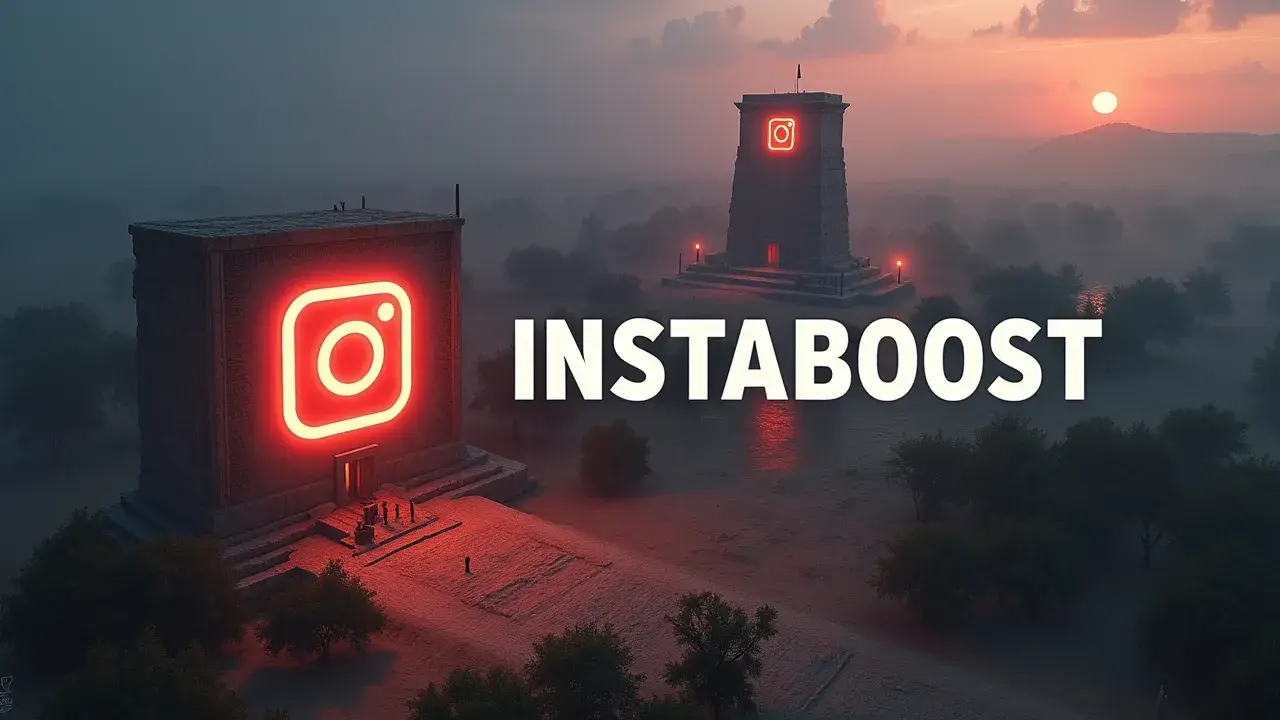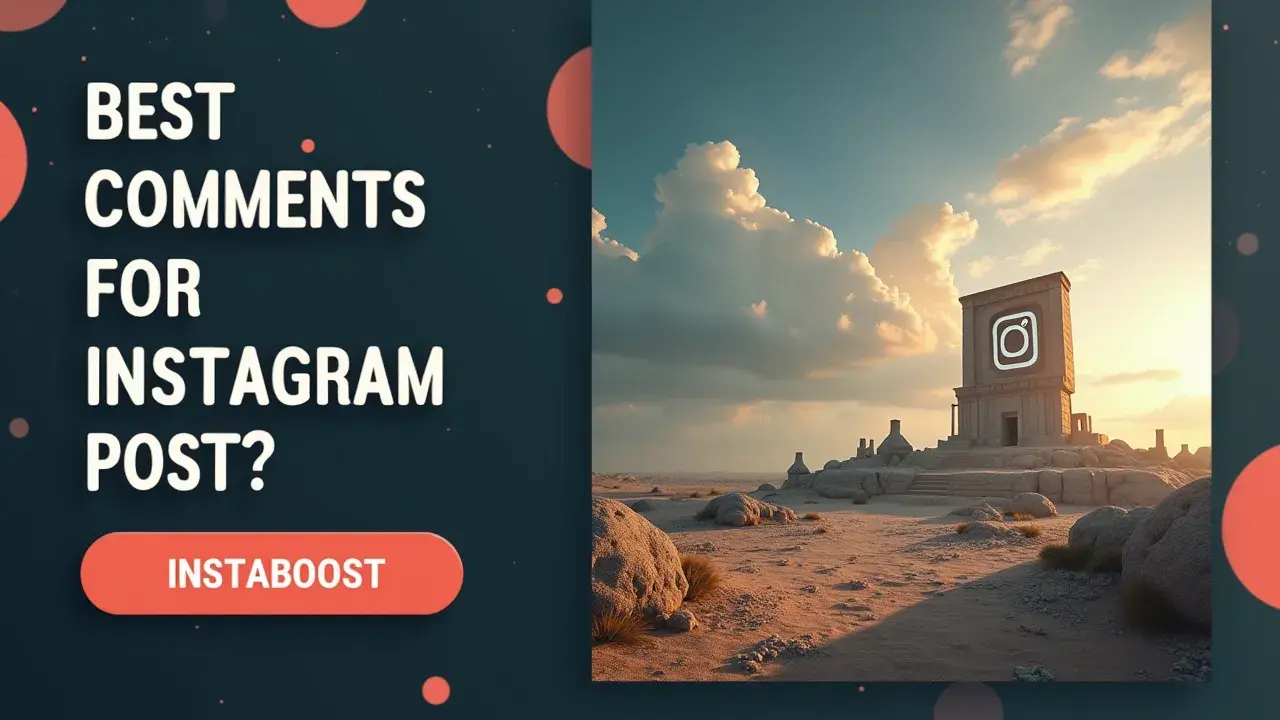What Are the Best Comments for Instagram Posts?
Timely, specific comments tend to perform best on Instagram. Reacting to a clear detail your audience already notices, mentioning timing, and keeping it short help comments feel natural and spark replies. A tight line in the first hour often encourages quick back-and-forth and steadier engagement. Aim for personal, concise questions or observations to make interactions feel real and sustain momentum over time.
Why Short, Specific Comments Outperform Generic Praise
A strong Instagram comment does two things at once. It shows you noticed something real in the post and it invites a reply without begging for one. Broad flattery stalls because it’s interchangeable, while a specific detail – the light on the jacket, the punchline in caption line two, the venue tag – proves attention and sparks conversation. If you’re aiming for the best comments for Instagram posts, think like a host. Keep it short, reference one concrete element, and when it fits, add a natural question that can be answered in a breath. Timing matters more than most people admit.
A tight line in the first hour rides early momentum and doubles as a retention signal when the creator taps back. Smart levers help here. Targeted promotion or a modest boost works when paired with real comments, creator collabs, and clean analytics that show which phrasing earns replies rather than just likes, and it’s worth skimming trusted rundowns like top Instagram growth solutions to understand the landscape without chasing gimmicks. Tools and templates are fine if they’re from reputable sources and matched to your audience’s intent – use them as drafts, then personalize so it reads like you. The non-obvious bit is that your best copy might be a micro-story – five words that hint at shared context, like “This is so ‘Tuesday rain,’” – because it compresses history and invites the creator to fill the gap.
Keep a testing loop. Track which specifics – color, location, micro-jokes – get responses, then iterate. The goal isn’t volume. It’s calibrated relevance delivered on time, with safeguards against spammy patterns, so every comment nudges a real back-and-forth.
Keep a testing loop. Track which specifics – color, location, micro-jokes – get responses, then iterate. The goal isn’t volume. It’s calibrated relevance delivered on time, with safeguards against spammy patterns, so every comment nudges a real back-and-forth.

Proof That Specific Beats Generic: Data, Not Vibes
A strategy can be sound and still miss if your comments read like “best comments for Instagram post” with no proof. The fix is to track what actually earns a reply. Save one metric, one context clue, and one timing marker – reply rate, the detail you referenced, and whether it landed in the first hour.
Then you can say, “Comments that name a visible detail got 2x replies over broad praise last week,” and it’s clear you’re working off evidence, not vibes. You don’t need a data team for that – a simple tagging habit in your notes or a clean analytics plugin that flags retention signals and creator responses works, and if you’re tempted by growth shortcuts like instant Instagram followers, treat them as noise in your tests rather than signal. If you use boosts or targeted promotion to nudge early momentum, pair them with real comments and a testing loop. Try 10 specific lines in the first 45 minutes across two posts and measure against baseline.
Low-quality automation can inflate impressions while thinning replies. A reputable tool that schedules genuine, short comments from collaborators and top fans keeps it authentic and lets the conversation stay organic. Micro-collabs help here. Swap two detail-rich comments with a creator who shares your audience and watch for spillover in your reply threads, not just likes. One quiet edge is the order of references. When your comment mirrors the post’s sequence – the caption’s punchline before the outfit detail – people process it faster and respond more. Keep it short, anchor to something visible, and log what got answered. That evidence lets you scale the tone that works, retire filler, and put ad spend where comments already pull their weight.
Turn Specifics Into a Repeatable Commenting System
Most pivots are overdue corrections. If your “best comments for Instagram post” playbook leans on generic praise, shift to a simple loop that scales attention without sounding automated. Start small and specific: one visual detail, one context cue, one timing window. For example, note the color grade in the shadows, the venue tag, and whether you’re inside the first hour.
Then write a three-part line: a precise nod (the blue tint on the jacket), a soft question tied to the post (was that shot near golden hour?), and a light nudge toward reply (curious what lens you used). It works when you keep it tight and pair it with clean analytics – track reply rate, saves, and whether your comment lands before early momentum peaks. If you use accelerants like small paid boosts or creator collabs, match them to intent; some teams will also audit adjacent tactics such as buy likes on Instagram only to understand baseline distortions in metrics before committing to organic moves.
Tools can help if they’re reputable and set with safeguards – use filters that block repeated phrases and require a unique detail per comment. The quiet advantage is retention signals. Creators remember names that consistently catch real details, so your future comments ride a warmer algorithmic edge. Keep a weekly testing loop. Swap the question type (gear vs. story), shift timing by 20 minutes, and log which detail sparked replies. Over a month, you’ll see a pattern of comment-to-reply conversion by niche. The non-obvious bit is that your first five comments per day set your tone – nail those, and later comments borrow credibility, lifting the whole feed’s response rate.
Stop Copy-Pasting Praise That Blends Into Noise
Every step looked logical – until I took it. I stacked “best comments for Instagram post” templates, queued them in a scheduler, and watched them sink without replies. The issue wasn’t effort. It was sameness. Volume can drive visibility, but only when the volume carries a signal.
Keep the accelerants and make them earn their keep. Run a small A/B in your routine. Half your comments use your current script, and half use a three-part specific – one visual detail, one context clue, one timing window – and track reply rate in the first hour. If your analytics are messy, add safeguards. Isolate creator collabs and targeted promotion so you’re not attributing paid reach to comment quality.
Tools can help when they’re reputable and matched to intent, and while some people chase quick fixes like grow your Instagram views fast, the smarter play is scheduling and listening platforms that surface retention signals like threaded replies, not just likes, and that allow UTM-style tags for comment cohorts. The pushback to generic praise isn’t moral. It’s mathematical. Generic praise dilutes differentiation, so creators triage you as low intent. Specifics signal intent and prime a response. One crisp question tied to a detail – “Did you keep that cooler white balance for the venue LEDs?” – pulls a micro-story you can continue.
If you still want speed, build a snippet bank by theme – lighting, framing, venue tags – and train your team to swap in live specifics. Pair that with a first-hour alert so your timely comment rides early momentum. You’re not abandoning scale. You’re making scale legible. The payoff is straightforward: higher reply rate, clearer analytics, and comments that read like you were actually there, which is what Instagram’s algorithm and humans reward.
Let Your Last Line Open a Door
This ending doesn’t need to land. It needs to float. When you’re chasing the best comments for Instagram post moments, the finale is where you trade certainty for momentum. Keep it short and specific so it invites a reply without sounding thirsty. Tie it to the loop you’ve been building – one visual detail, one context cue, one timing window – and leave a crisp question or micro-invite that fits the creator’s voice. If the shadows are teal and the venue tag says Lisbon, try “Love that teal grade – did Lisbon light hit different at golden hour?” That’s a float.
It nudges a response and signals you’re a real human. Pair it with retention signals that matter. Reply fast to their reply, save or share the post if it’s on-brand, and seed one follow-up comment 20 – 40 minutes later to keep the thread breathing. If you use schedulers or comment assistants, stick to reputable tools and run a testing loop with safeguards – small batches, clean analytics, and a control group of hand-typed comments so you measure uplift, not hope for it; I’ve seen teams map comment curves alongside subtle drivers like viral growth through Instagram shares to understand when a float line truly compounds.
Promotion works when it’s targeted. Boost posts that already show organic replies, because early momentum compounds. Creator collabs help too. Agree on a call-and-response in the first hour so your comment becomes a conversation starter, not a sign-off. The non-obvious insight is simple. Your last line does the heavy lifting when it’s slightly unfinished. A question mark, a specific comparison, or a pick-one choice keeps the thread open and your name top of mind. That’s how smart, specific Instagram comments drive real comments back – and why this finale should feel like a door left ajar, not a period.















